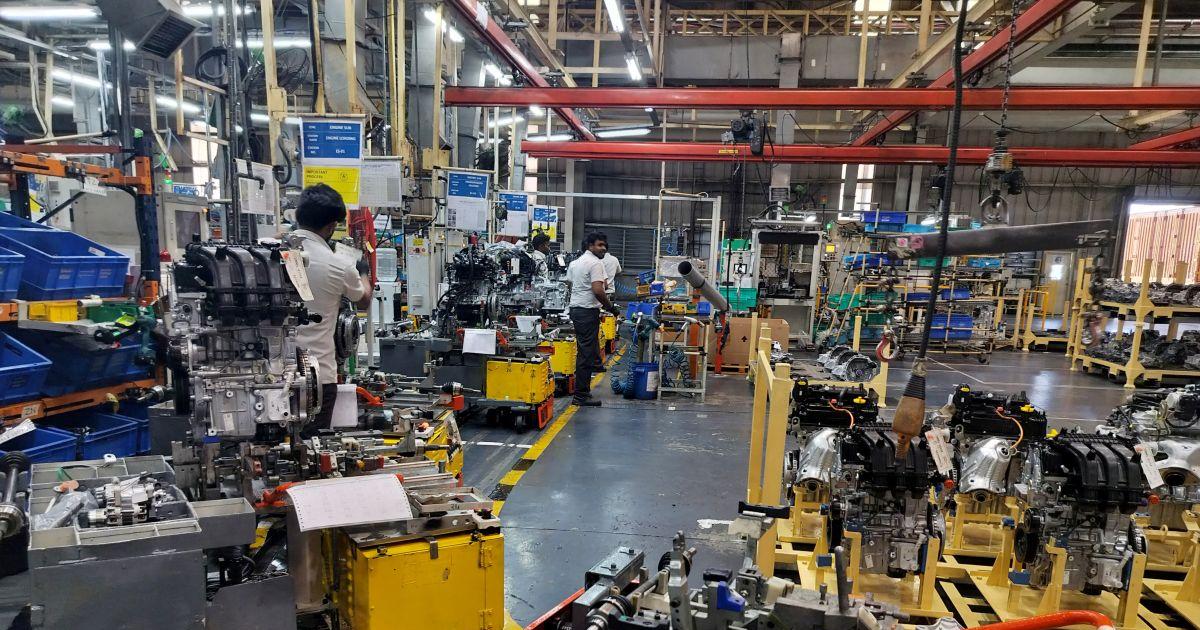After four failed reform drives, a new plan aims to rescue India’s debt-laden power discoms through privatisation, accountability and long-term financial fixes.

Kindly note the image has been published for representational purposes only. Photograph: Reuters
For the electricity sector in India, there have been few issues more chronic than the problem of high losses at the level of power distribution companies, commonly called discoms, and their huge debt pile.
The story of a sick and unsustainable power distribution sector is as old and sticky in India as the sector itself.
Multilateral banks and investors, who track the sector methodically for its overall health, routinely say that if there is one power sector reform that is the most urgent to implement, it is discom debt restructuring.
The problem
On the face of it, it looks like a rather simple problem. Electricity tariffs, being a politically sensitive subject, and the desire to keep rates low have led to the ballooning of the gap between Average Cost of Supply (ACS) and Average Revenue Realised (ARR) over the years.
The losses of discoms have piled up to unsustainable levels, impacting their ability to modernise operations, service debt and cater to consumers meaningfully.
In the absence of tough corrective measures, the issue has boiled into a financial mess of gargantuan proportions.
The numbers speak volumes about the size of the problem. All the discoms put together were sitting on Rs 7.42 trillion of borrowings as on March 2024; around Rs 2.74 trillion of this is unsustainable debt.
The discoms’ losses on the supply of power stood at Rs 28,484 crore at the end of 2023-24, with Aggregate Technical and Commercial (AT&C) loss levels as high as 16.37 per cent at the national level, and the ACS-ARR gap at 22 paise per unit.
The basic issue stems from three core problems. First, the role and purpose of the electricity regulatory commissions — which were originally envisaged in the Electricity Act, 2003 as ring-fenced independent bodies free to decide on cost-reflective tariffs — are yet to be achieved fully.
Second, the role of the state governments in imparting operational autonomy to the discoms has not been realised.
Finally, there is still a mindset that electricity is a “social” and not an economic commodity.

The solution
A high-level Group of Ministers (GoM) led by Power Minister Manohar Lal on the viability of electricity distribution utilities has now taken a fresh and deeper look at the issues ailing the power distribution sector.
The GoM has worked on three objectives: addressing the current and future financial sustainability of discoms, meeting the investment needs of the sector, and creating a stable and robust landscape for boosting investments in the power sector.
The GoM recently proposed a reform-based scheme for the debt restructuring of discoms.
To be sure, this is not the first time the government has attempted to resolve the issue of the ill-health of power discoms.
There have been at least four such restructuring schemes in the past two decades, including the one-time securitisation of State Electricity Boards (SEB) dues attempted in 2003, the Financial Restructuring Plan (FRP) of 2012, the Ujjwal Discom Assurance Yojana (UDAY) scheme of 2016, and the Revamped Distribution Sector Scheme (RDSS) of 2022.
This time, however, the regulatory reforms are likely to attack the real issues and at a deeper level.
This includes ensuring timely and cost-reflective tariffs, working on ways to fix accountability and penalties, strengthening the Appellate Tribunal for Electricity (APTEL), mandating the Fuel and Power Purchase Cost Adjustment (FPPCA) charge, and not allowing regulatory assets — deferred costs that power discoms are allowed to record on their balance sheets — to build up.
The other key proposals being discussed this time around include measures to ensure the professional management of discoms and their eventual listing.
Significantly, the GoM has proposed opening up all the discoms for private participation and transferring their management control to strategic partners from the private sector.
There are three reform paths offered under the new proposal — privatising the majority ownership, divesting a limited stake, or listing the utilities within three years.
Each of these options links financial support to performance, including access to 50-year interest-free loans.
To address the high debt issue, the GoM has proposed two disinvestment models.
First, the states will have to create a new entity and divest at least 51 per cent equity in this company, which will enable them to access a 50-year interest-free loan for the privatised company’s debt through Special Assistance to States for capital.
The second option allows a minimum 26 per cent stake sale in the discoms, where the management rights would be transferred to the strategic partner and the unsustainable debt would be taken over by the state.
In case a state does not want a change in the management of discoms, it would have to list the discom within three years.
Total borrowings for distribution utilities since 2014-15

Is privatisation the answer — the Delhi & Odisha model
The cases of Delhi and Odisha are among the most cited success stories of power distribution reforms through privatisation.
Delhi’s case, where the involvement of private companies Tata Power Delhi Distribution and BSES has led to improved operational and financial performance, is widely known.
In Odisha too, Tata Power has been managing power distribution as the majority stakeholder with a 51 per cent stake in four state discoms since 2017.
Data show that the AT&C losses for all four discoms have reduced significantly over three years through FY22-24.
Also, in FY23, all the discoms achieved lower AT&C loss levels than the trajectory set by the Odisha Electricity Regulatory Commission (OERC) for tariff determination for that year.
Total sales have improved substantially, and most significantly, as per the annual reports (FY23), all the discoms reported profits after tax.
So, what changed? One of the critical lessons from the privatisation of the distribution sector in Odisha is the limited interest from private entities in operating discoms with a large number of rural and low-income consumers, according to Centre for Social and Economic Progress (CSEP) researchers Ashwini Chitnis and Daljit Singh, who published their findings in a report last month.
The reluctance stems from the perception of high financial risk and the challenge of achieving full-cost recovery in such areas.
“Odisha addressed this by shielding the new discoms from revenue losses due to the non-revision of tariffs, at least so far in the initial period, and providing subsidised bulk supply rates. It also offered substantial incentives for loss reduction and arrear recovery while giving significant discounts on asset prices.
“All this was instrumental in attracting a big and serious player like Tata Power to bid for and take over the discoms, but there was hardly any competition,” the researchers argue.
Secondly, Odisha’s state-owned bulk power supplier, GRIDCO, is central to managing the privatisation.
Its access to relatively low-cost power is vital to keeping the new discoms financially viable without significantly increasing retail tariffs. This enabled the discoms to operate without immediate financial distress.
Finally, as the Odisha model shows, while privatisation can drive efficiency improvements, it may not be sufficient to resolve the financial challenges that the sector faces.
Addressing these challenges will necessitate not just tariff and regulatory reform but also sustained and consistent political and financial support from the state government.
Achieving full-cost recovery through tariff increases is a politically sensitive issue in most states, particularly those with high rural and low-income demographics.
Therefore, even if all the desirable regulatory measures are implemented to enable the discoms to recover costs through tariffs, small and vulnerable consumers will need protection and support from the state to withstand such cost increases.
Feature Presentation: Rajesh Alva/Rediff




